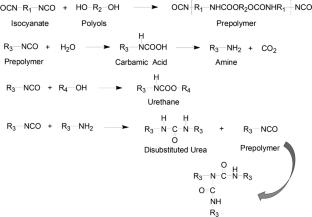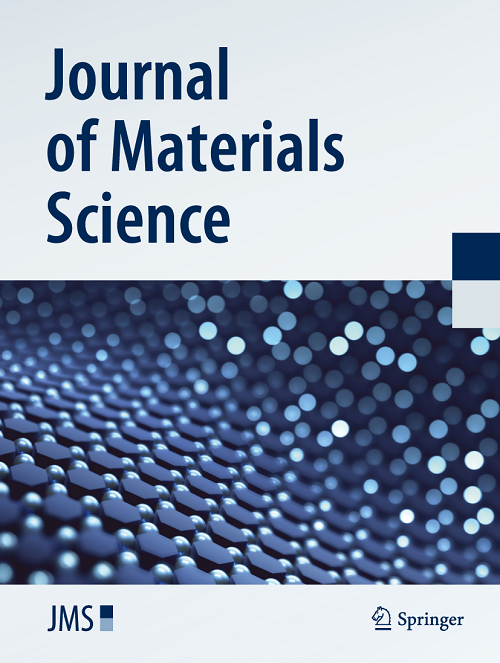Chemical foaming-induced microcellular structure and its impact on polyurethane elastomer performance
Abstract
The rational design and precise control of microcellular architectures offer a promising route to enhance polymer performance. In this study, microcellular polyurethane elastomers (MPUEs) with tunable pore architectures were fabricated via water-controlled chemical foaming using a two-step polymerization method. Incremental water addition promoted microphase separation through the formation of highly polar urea linkages with strong hydrogen bonding. The resulting cellular structures significantly reduced matrix plastic deformation and localized strain. A multitechnique characterization approach—combining GPC, SEM, FTIR, DMA, SAXS, and in situ X-ray CT—was employed to systematically elucidate the structure–property relationships of MPUEs. Notably, MPUE-0.30 exhibited markedly superior elasticity and deformation performance compared to higher-density counterparts. Crucially, this study pioneers the quantitative decoupling of deformation contributions between the polyurethane matrix and cellular phase in microcellular elastomers. Results revealed that cellular structures absorbed up to 79% of total strain, highlighting their dominant role in energy dissipation. These findings provide a framework for the predictive design of advanced polymer systems with exceptional vibration damping and isolation capabilities, tailored for dynamic energy dissipation and mechanical wave attenuation applications.


 求助内容:
求助内容: 应助结果提醒方式:
应助结果提醒方式:


